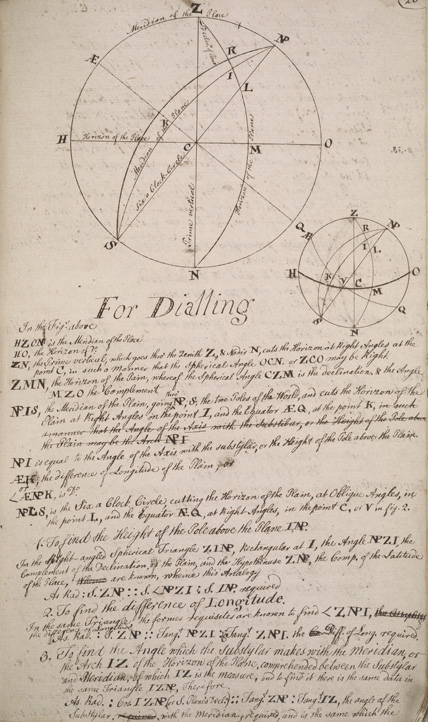The Smithsonian Libraries
Situated at the center of the world's largest museum complex, the Smithsonian Libraries forms a vital part of the research, exhibition, and educational enterprise of the Institution. The Libraries unites 20 libraries into one system supported by central collections support services. We maintain publication exchanges with more than 4,000 institutions worldwide that supply Smithsonian scientists and curators with current periodicals, exhibition catalogs, and professional society publications. Through preservation treatments, experts work to save the Smithsonian's 2 million printed books, journals, and manuscripts for future generations. Skilled catalogers apply descriptive metadata to make both online and physical collections accessible. Our Digital Library creates electronic versions of rare books and other distinctive collections, as well as exhibitions and specialized finding aids. The Libraries also offers its treasures to the nation through exhibitions, lectures, special tours, and an extensive website.
Special Collections: The Special Collections of the Smithsonian Libraries are among its most intriguing and unusual assets. They comprise books, journals, and pamphlets as well as manuscripts, maps, prints, medals and other objects. Because of their rarity, cost, beauty, unusual content, form, or physical condition, these works demand the best possible storage environment and highest security. The Special Collections Department libraries contain 50,000 rare and valuable volumes and 2,000 manuscript groups dating from the thirteenth to the early twentieth centuries. Other components consist of the world's fairs and international expositions collection which consists of publications documenting the fairs from 1851 to the twentieth century, Alexander Graham Bell’s and Joseph Henry’s personal book collections, as well as the surviving volumes of James Smithson's personal library. These collections are housed in two Smithsonian libraries:
- The Dibner Library of the History of Science and Technology in the National Museum of American History
- The Joseph F. Cullman 3rd Library of Natural History in the National Museum of Natural History
- The other rare book and special collections in the Smithsonian Libraries represent such diverse research interests as early aeronautics, European decorative arts and design, and Asian art. For more information about these other special collections, click here. Fellowships: The Dibner Library Resident Scholar Program awards stipends of $3,500.00 per month for up to six months for individuals working on a topic relating to the history of science and technology who can make substantial use of the Dibner Library’s Special Collections. Doctoral students and post-doctoral scholars are welcome to apply. The Baird Society Resident Scholar Program, funded by the many annual donors to the Smithsonian Libraries, was established to support the study of some of the Smithsonian Libraries’ most unique and valuable holdings: our rare books and Special Collections. Stipends of $3,500 per month for up to six months are available for individuals working on a topic relating to these collections. The Margaret Henry Dabney Penick Resident Scholar Program supports scholarly research into the legacy of Patrick Henry and his political circle, the early political history of Virginia, the history of the American Revolution, founding era ideas and policy-making, as well as science, technology, and culture in colonial America and the Early National Period. The stipend for this long-term post-doctoral fellowship is $45,000 for nine consecutive months.
Specialty
History of science, technology, natural history, culture, art, design, and international expositions
Collections URL
Holding Highlights
- 2 million printed books, journals, and manuscripts
- Digital Library creates electronic versions of rare books and other distinctive collections, as well as exhibitions and specialized finding aids
- Special Collections Department libraries contain 50,000 rare and valuable volumes and 2,000 manuscript groups dating from the thirteenth to the early twentieth centuries
- world's fairs and international expositions collection, including publications documenting the fairs from 1851 to the twentieth century
- Alexander Graham Bell’s and Joseph Henry’s personal book collections
- the surviving volumes of James Smithson's personal library
- other rare book and special collections represent such diverse research interests as early aeronautics, European decorative arts and design, and Asian art
